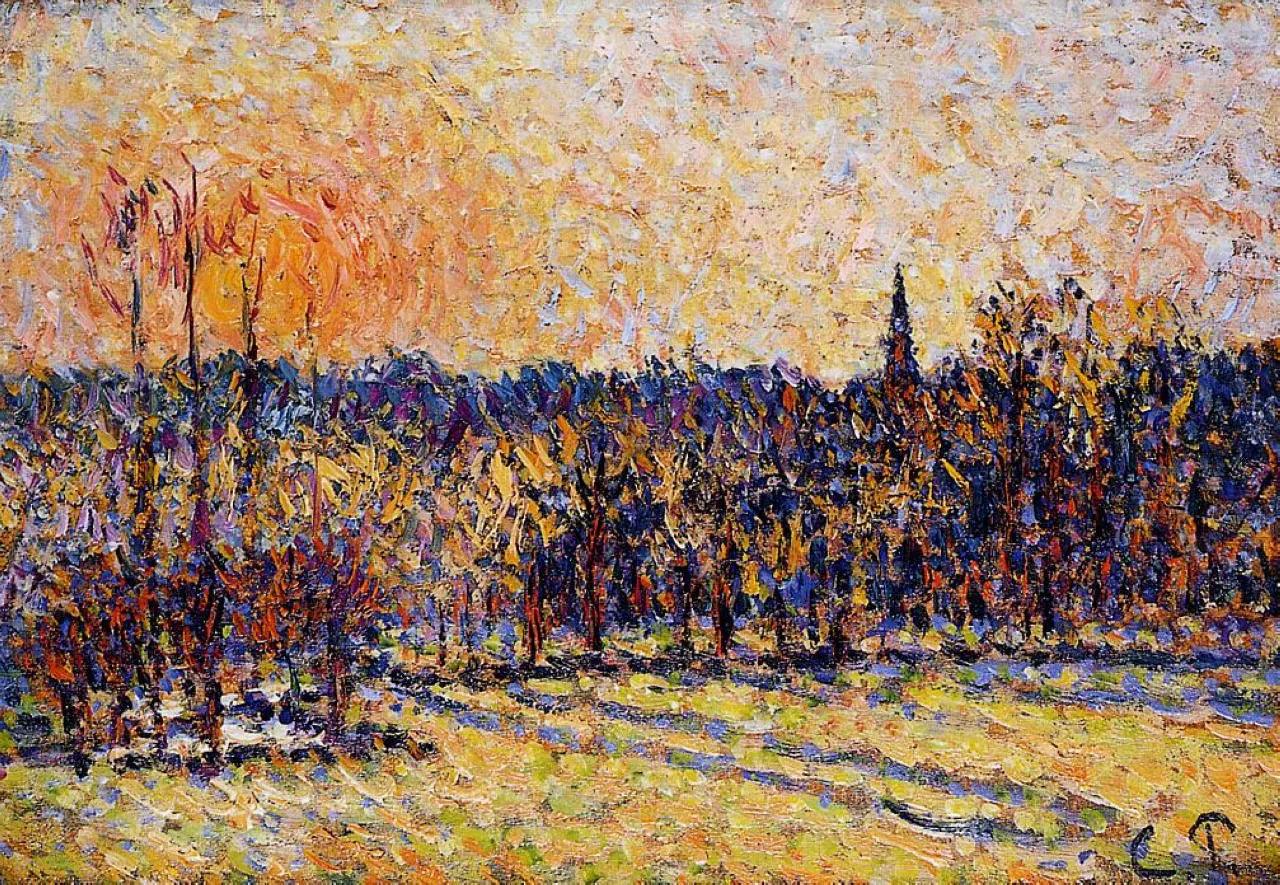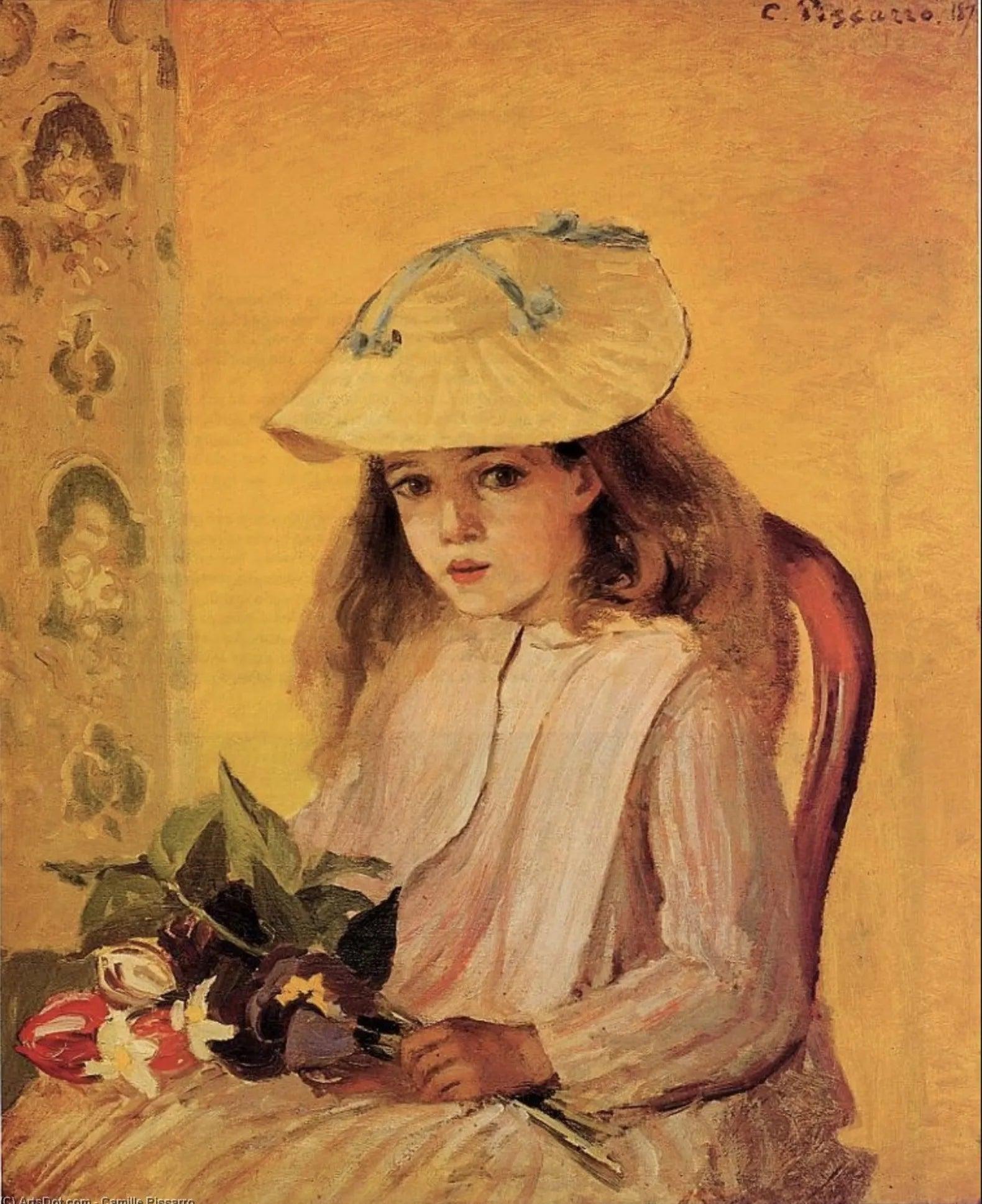
The Pioneer of Impressionism: Camille Pissarro's Early Years

In the course of my studies, I’ve been drawn to the early years of Camille Pissarro, a period that seems to lay the very groundwork for his remarkable journey in Impressionism. Born in 1830 on the Caribbean island of St. Thomas, Pissarro’s formative years were bathed in the vibrant hues and lush landscapes of his homeland. There’s a profound sense of place in his early works, such as "Two Women Chatting by the Sea, St. Thomas" (1856), where the natural beauty of the island emerges with striking clarity.
Pissarro’s transition from the Caribbean to Paris marked a pivotal shift in his artistic evolution. The bustling, urban environment of Paris presented a new canvas, one that challenged and expanded his vision. His early Parisian works, including "The Banks of the Marne at Chennevières" (1864), reveal a delicate balance between his Caribbean roots and the new influences of the European art scene.
As I explore Pissarro’s early years, I’m struck by how his initial experiences and environments shaped his unique approach to capturing light and color. His ability to merge the serene beauty of his island upbringing with the dynamic energy of Parisian life is a testament to his pioneering spirit. In studying Pissarro, I am reminded of the importance of one's origins and how they continually influence and inform artistic expression throughout one's career.




